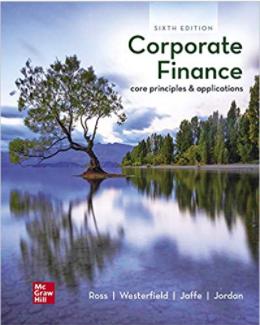After extensive medical and marketing research, Pill, Inc., believes it can penetrate the pain reliever market. It
Question:
After extensive medical and marketing research, Pill, Inc., believes it can penetrate the pain reliever market. It is considering two alternative products. The first is to produce a medication for headache pain. The second is a pill for headache and arthritis pain. Both products would be introduced at a price of $7.85 per package in real terms. The headache-only medication is projected to sell 3.8 million packages a year, while the headache and arthritis remedy would sell 4.5 million packages a year. Cash costs of production in the first year are expected to be $3.40 per package in real terms for the headache-only brand. Production costs are expected to be $3.95 in real terms for the headache and arthritis pill. All prices and costs are expected to rise at the general inflation rate of 4 percent.
Either product requires further investment. The headache-only pill could be produced using equipment costing $30 million. That equipment would last three years and have no resale value. The machinery required to produce the broader remedy would cost $34 million and last three years. The firm expects that equipment to have a $1 million resale value (in real terms) at the end of Year 3.
The company uses straight-line depreciation. The firm faces a corporate tax rate of 21 percent and believes that the appropriate real discount rate is 6 percent. Which pain reliever should the firm produce?
Step by Step Answer:

Corporate Finance Core Principles And Applications
ISBN: 9781260571127
6th Edition
Authors: Stephen Ross, Randolph Westerfield, Jeffrey Jaffe, Bradford Jordan





